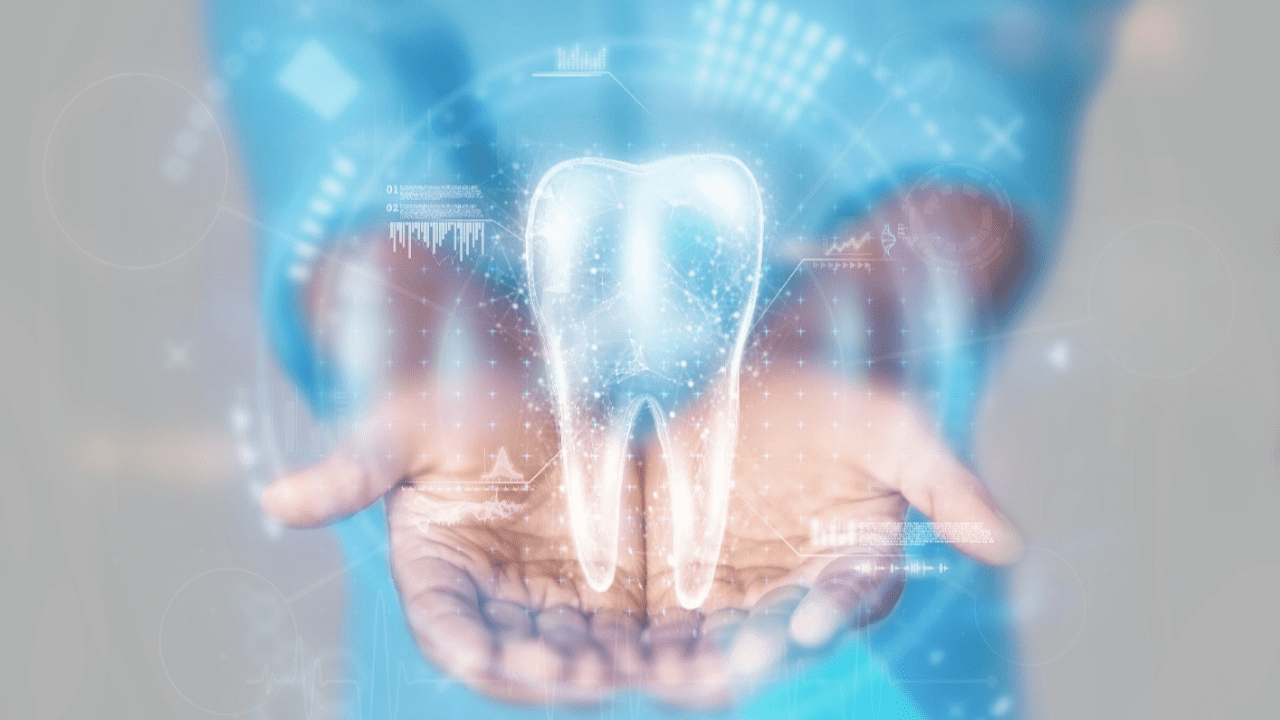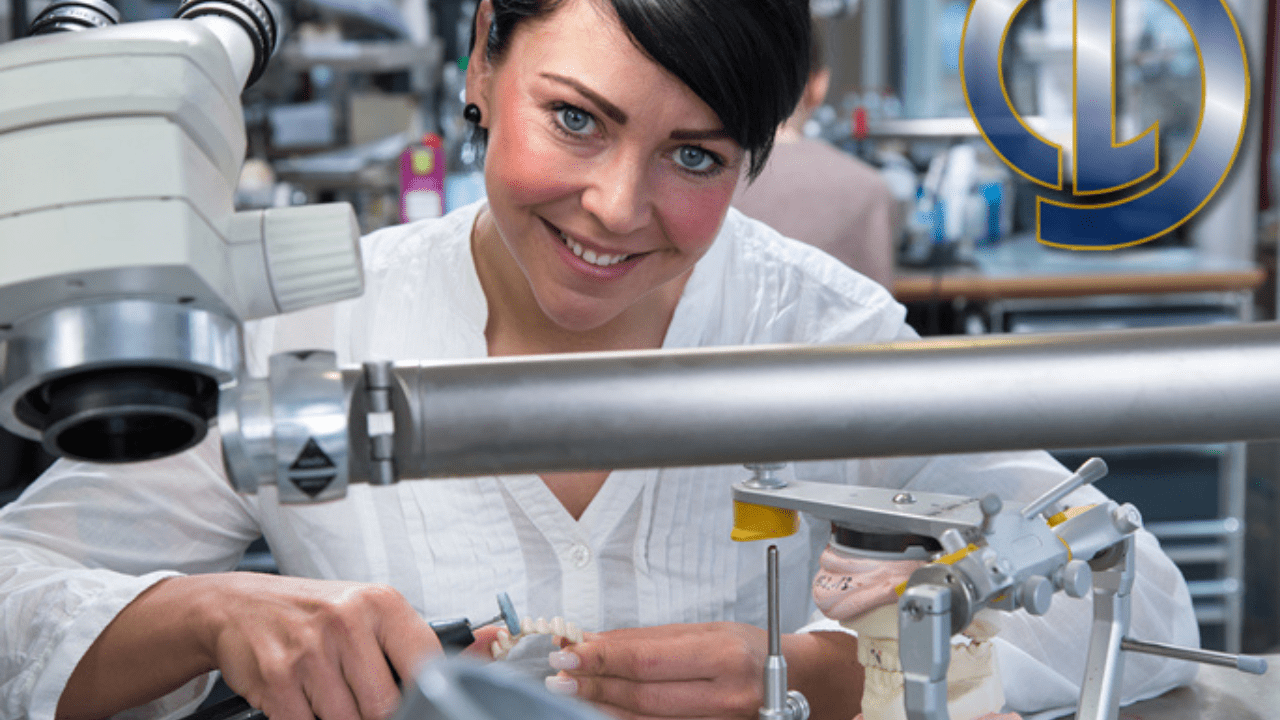
Transforming Dentistry: Navigating the Future of Dental Equipment and Care for Enhanced Patient Health
Posted March 5, 2024 by Haresh SavaniA Glimpse into Tomorrow's Smiles
Picture this: You walk into a dental clinic, greeted not just by the familiar scent of antiseptic but also by the sight of cutting-edge equipment gleaming under bright lights. As you settle into the chair, you notice the dentist effortlessly gliding through the examination, aided by sophisticated technology that seems to predict issues before they arise. This isn't a scene from a sci-fi movie; it's the future of dental care unfolding before our eyes.
In today's fast-paced world, where innovation drives progress, the realm of dental equipment and care stands on the brink of transformation. From advanced imaging systems to AI-driven diagnostics, the tools at a dentist's disposal are evolving at a staggering pace, revolutionizing the way we approach oral health.
As we gaze into the horizon, it's essential to understand the trajectory of this evolution, anticipate the challenges that lie ahead, and chart a course towards a future where dental care is not just efficient but also accessible to all. Join me as we delve into the exciting landscape of dental equipment and care, exploring the trends, challenges, and solutions that will shape the smiles of tomorrow.
Understanding the Landscape
Innovations in Dental Technology
The landscape of dental equipment is undergoing a seismic shift, driven by breakthroughs in technology. Here's a glimpse of some key innovations shaping the industry:
- 3D Printing: With the advent of 3D printing, dental laboratories can now fabricate custom prosthetics and appliances with unparalleled precision, reducing production time and costs significantly.
- Digital Imaging: Advanced imaging systems, such as Cone Beam Computed Tomography (CBCT) and intraoral scanners, provide dentists with detailed, three-dimensional images of the oral cavity, facilitating more accurate diagnoses and treatment planning.
- Artificial Intelligence: AI-powered software is revolutionizing dental diagnostics, analyzing patient data to identify patterns and predict potential oral health issues with remarkable accuracy.
How It Works
The integration of these technologies enables dentists to deliver more personalized and efficient care to their patients. For instance:
- 3D Printing: Dental professionals can design and print dental crowns, bridges, and even aligners tailored to each patient's unique anatomy, ensuring optimal fit and comfort.
- Digital Imaging: CBCT scans offer a comprehensive view of the oral and maxillofacial structures, allowing dentists to visualize complex anatomical relationships and plan intricate procedures with precision.
- Artificial Intelligence: By analyzing patient records and diagnostic images, AI algorithms can identify early signs of periodontal disease, caries, and other oral health issues, empowering dentists to intervene proactively.
How It Is Calculated
The impact of these technological advancements is profound, transcending traditional boundaries and redefining the standard of care in dentistry. Consider the following statistics:
- According to Research and Markets, the global dental equipment market is projected to reach USD 7.52 billion by 2027, fueled by the growing demand for advanced dental solutions and the increasing prevalence of oral diseases worldwide.
- A study published in the Journal of Dental Research found that digital imaging technologies, such as CBCT and intraoral scanners, significantly enhance diagnostic accuracy and treatment outcomes compared to conventional radiography.
Impact and Challenges
While the potential benefits of innovative dental equipment are undeniable, the road to widespread adoption is not without its challenges. Key considerations include:
- Cost: Investing in cutting-edge dental technology can be financially prohibitive for small practices, limiting access to advanced care options for underserved communities.
- Training and Education: Dentists and dental hygienists require specialized training to harness the full potential of new technologies effectively, necessitating ongoing professional development and upskilling initiatives.
- Data Security and Privacy: The integration of digital systems raises concerns about patient data security and privacy, highlighting the need for robust cybersecurity measures and regulatory compliance.
Solutions on the Horizon
Addressing these challenges requires a multifaceted approach, encompassing technological innovation, policy reform, and educational initiatives. Some potential solutions include:
- Financial Assistance Programs: Government subsidies and grants can help offset the upfront costs of acquiring dental equipment, making advanced technologies more accessible to small practices and rural communities.
- Continuing Education: Professional organizations and academic institutions can collaborate to develop comprehensive training programs and certification courses tailored to emerging dental technologies.
- Data Encryption and Compliance Standards: Implementing encryption protocols and adherence to industry standards, such as HIPAA, can safeguard patient data against unauthorized access and mitigate the risk of breaches.
FAQs
Q: How do digital imaging technologies enhance dental diagnoses?
A: Digital imaging systems like CBCT and intraoral scanners offer high-resolution, 3D images, aiding in detecting subtle anatomical variations and pathology.
Q: What benefits does 3D printing offer in dental prosthetics fabrication?
A: 3D printing enables precise and efficient custom prosthetic production, reducing manual labor and material wastage for superior fit and aesthetics.
Q: How can dental practices safeguard against data breaches with digital systems?
A: Dental practices can ensure data security by implementing encryption protocols, conducting regular vulnerability assessments, and enforcing strict access controls and password policies.
Q: What are the key advantages of AI in modern dentistry?
A: AI assists in analyzing patient data, predicting oral health issues, and enhancing diagnostic accuracy for more proactive and personalized treatment.
Q: How does CBCT revolutionize dental diagnostics?
A: Cone beam computed tomography provides comprehensive, 3D imaging of oral structures, aiding in precise treatment planning and better visualization of complex anatomical features.
Q: What role does ongoing education play in adopting new dental technologies?
A: Ongoing education ensures dental professionals stay updated on emerging technologies, enhancing their skills and proficiency in utilizing advanced equipment for improved patient care.
Unlocking the Potential: The Future of Dental Equipment and Care
The future landscape of dental equipment and care brims with promise, driven by technological innovation and a dedication to enhancing patient outcomes. Embracing emerging technologies, tackling key challenges, and promoting collaboration among stakeholders pave the path for a brighter, healthier tomorrow—one smile at a time.
Leave a Comment
Your email address will not be published. Required fields are marked *


